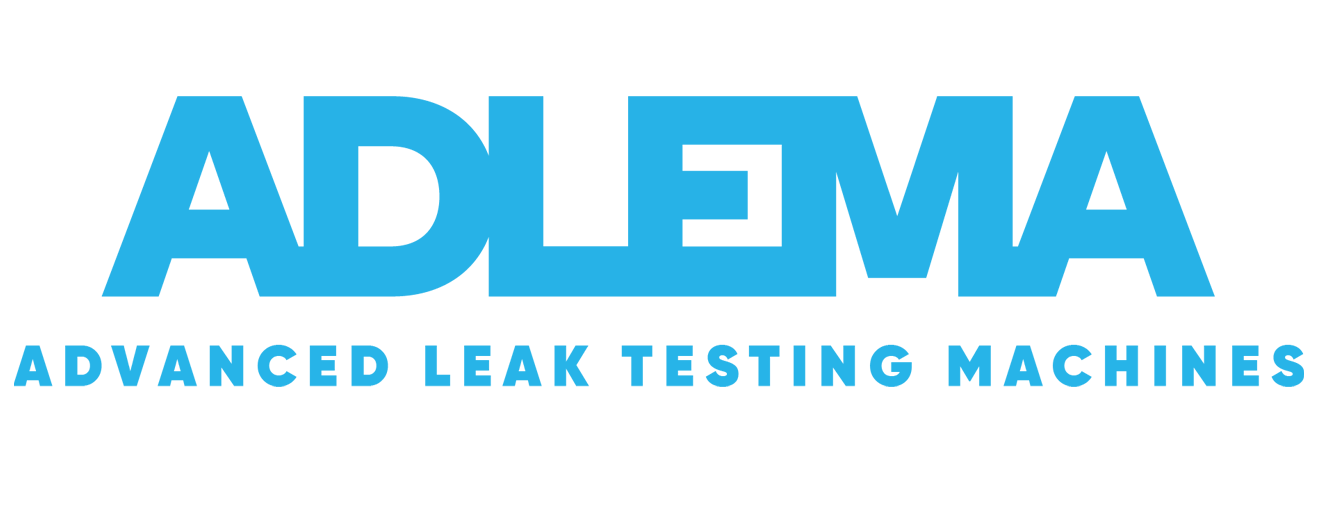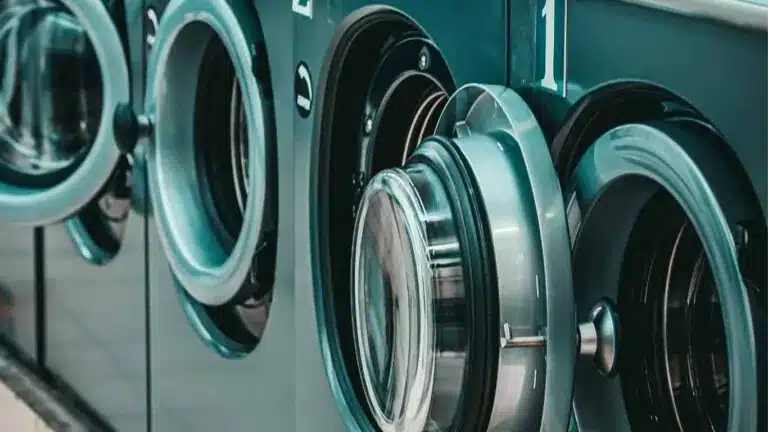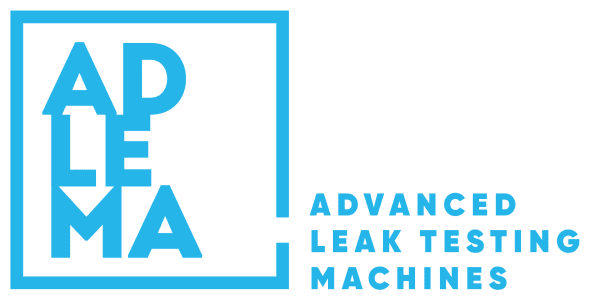How To Leak Test in The Consumer Products Market
Consumer products subject to leak testing: electronics, automotive components, household appliances, personal care products, medical devices, food packaging.
Leak Test Appliances for Consumer Products
Household appliances like refrigerators, washing machines, and water heaters require leak-free gas or water systems for safe and efficient operation.
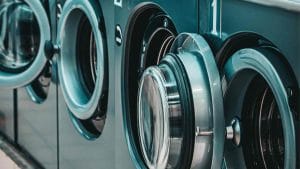
Packaging for Consumer Products
Leak testing is often used to ensure that packaging for consumer products, such as food containers or bottles, does not allow the contents to leak out.
Outdoor equipment for Consumer Products
Leak testing is important for consumer products such as gas grills and portable propane tanks, which may be used in outdoor settings and may pose a safety risk if they leak.
Personal care products for Consumer Products
Leak testing is often used to ensure the integrity of containers for personal care products, such as shampoo or lotion to prevent leaks and spills.
Electronics
Electronics such as smartphones, or watches are built to be leakproof. IP67 and Hermetic property leak tests must be done to ensure all products are leakproof. Adlema EP60 Leak testing apparatus can be used along with Adlema BT4000 Series Leak Testers in the manufacturing line.
Overall, leak testing helps to ensure that consumer products are safe, reliable, and of high quality. It is an important part of the manufacturing process and helps to protect consumers and the environment.
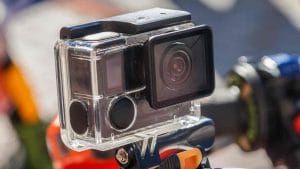
There are several methods that can be used to leak test consumer products in the manufacturing process, including:
Type of Tests
Bubble test: This method introduces gas or liquid into the product, relying on operators to spot bubbles indicating leaks. However, it’s unreliable in manufacturing lines, especially for precision applications for consumer products like heat exchangers. Prefer alternative methods like differential pressure decay, mass flow, or helium mass spectrometer testing for higher accuracy.
Pressure test: In this method, the product is pressurized, and pressure changes, indicating a leak, are measured. Differential leak testers, like Adlema BT4000 Series, can detect changes as small as 0.1Pa. Ideal for manufacturing lines, it operates autonomously, employs data analysis tools, controls automation systems, and integrates seamlessly with modular systems for consumer products like Inkjet printers.
Vacuum test: This method involves applying a vacuum to the product and then checking for any changes in pressure, which can indicate a leak. A vacuum test is a version of a pressure test. Vacuum-0 Bars is a pressure option for Adlema BT4000 Series Leak testers.
Mass flow test: In this method, the flow rate of a gas or liquid through the product is measured and compared to a known standard. If the flow rate is not as expected, it may indicate a leak. While Pressure Tests are much more precise in volumes smaller than 20L, as the volume increases accuracy drops. However, by the method mass flow leak testers become advantageous in bigger volumes.
Helium mass spectrometer test: This method involves introducing a small amount of helium into the product and then using a mass spectrometer to detect the presence of helium, which can indicate a leak.
The specific method used for leak testing will depend on the product and the type of leak that is being tested for. It is important to carefully follow the manufacturer’s instructions and any relevant safety guidelines when performing leak testing. Reach us now to learn how to test your product.
